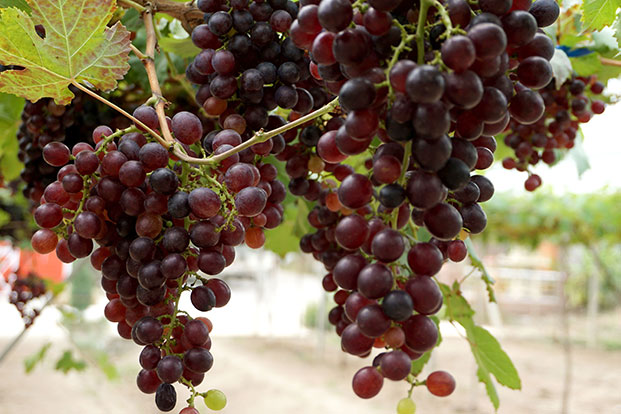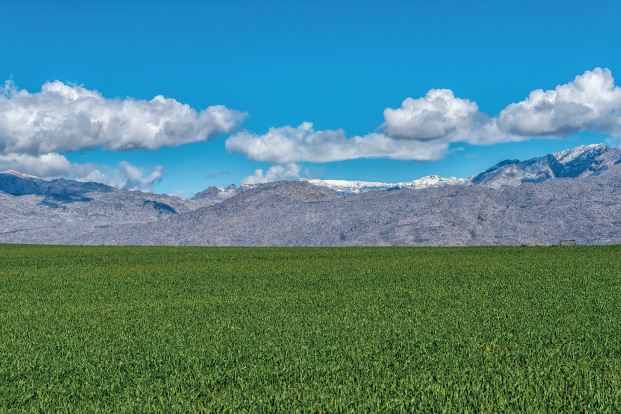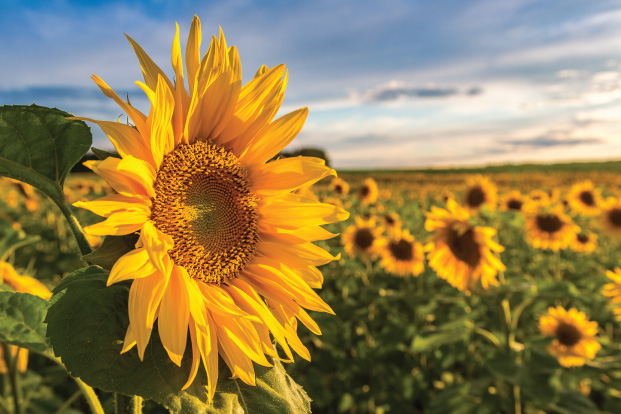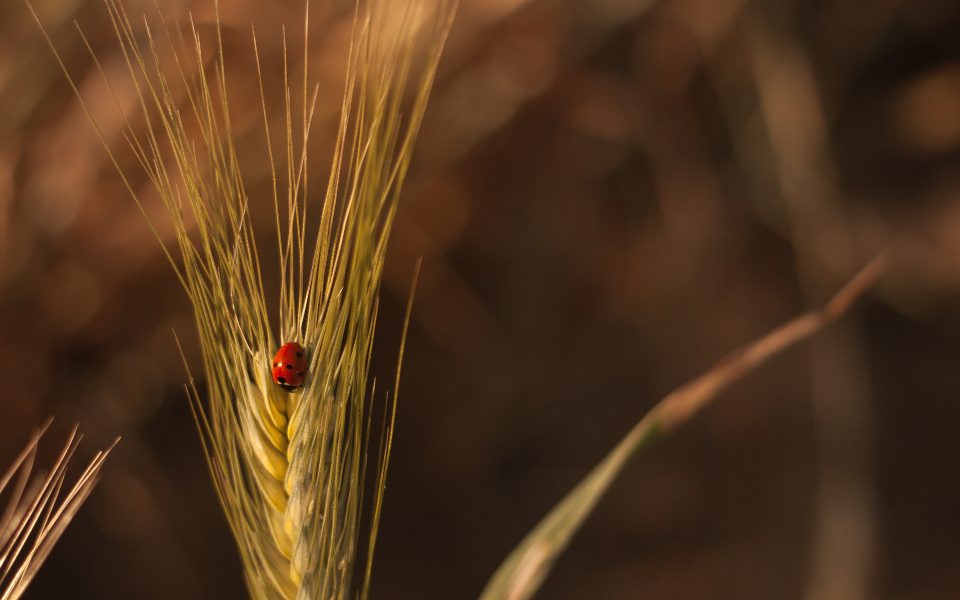RSA table grapes to bounce back

Women at the forefront of sugarcane production in rural communities
September 4, 2018
Sub-Saharan Africa falling short in grain production
September 5, 2018
SATI says the drought in the Western Cape has largely been broken, giving rise to expectations of record export shipments.
There are hopes that South Africa will resume its era of table grape growth during the coming season, after exports declined last year due to the effect of the drought in the Western Cape.
South Africa’s Table Grape Industry (SATI) says good winter rains to date have largely broken the severe drought in the Western Cape.
“This positive outlook, linked to new plantings and new cultivars, brings the South African table grape industry back on its positive growth curve,” SATI stated.
This could mean that export shipments could exceed 70m cartons compared with last year’s disappointing result. In 2016/17, before the effect of the drought materialised, the industry produced 67m cartons.
SATI has said that the updated and online vine census, carried out across the industry, together with a concerted effort by SATI to have all producers update their current vineyard status, allowed for the most accurate picture of actual vines which have been planted in the country. “This now covers 21,000 hectares. This forms the basis of the table grape industry crop estimates,” SATi explained.
SATI noted that the rest of the value chain, both locally and abroad, relied on the crop estimate for its seasonal planning. “Given the hectares planted and the expected yield, the South African table grape industry is confident that it would return to its steady growth curve and has the realistic potential to yield a crop of 70m cartons and even more.
“This of course depends on a few critical factors such as favourable weather conditions before and during harvest, the availability of sufficient irrigation water, as well as the ability of producers and other stakeholders to optimise their systems to handle a bigger crop,” the group outlined.
SATI said that newly planted higher-yielding varieties, together with a significant number of new hectares, would be coming into full production this coming season.
“No less than 5,400 hectares are newly planted and less than three years old. This indicates a potential crop of 70m cartons or even more in the coming 2018/2019 season. The previous highest intake volume was 67m cartons during the 2016/17 season.”
SATI says that despite the drought of the past three years, which mostly affected the three growing regions in the Western Cape, the better rains points towards much better and near-normal conditions for the coming season.
In the Olifants River, in particular, a substantial improvement is expected, but similarly the Berg River and Hex River regions should benefit significantly from the current favourable water situation compared to a year ago.
The Northern Provinces and Orange River regions, which were not affected by the drought, expect good and normal yields.
SATI said that increased production required additional planning. “SATI, the government and other stakeholders are working together to ensure a good and sustainable performance of the industry. Amongst others, more favourable shipment protocols to existing markets and access to new markets are top priorities. This requires extensive research, trials and other inputs to support our strategy and initiatives.”
SATI plans to release a first 2018/2019 seasonal crop estimate in the second half of October.
Sourced: FruitNet



